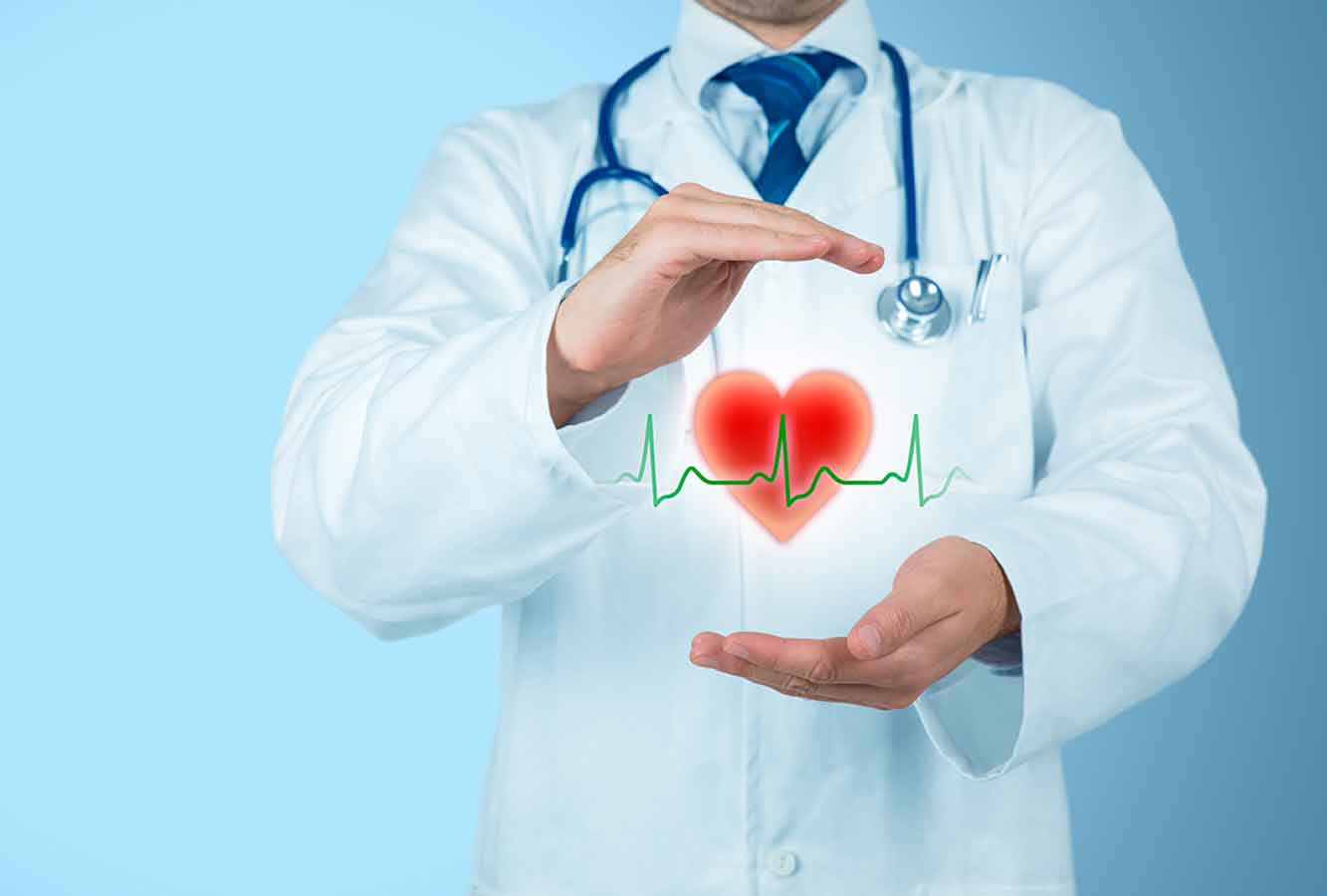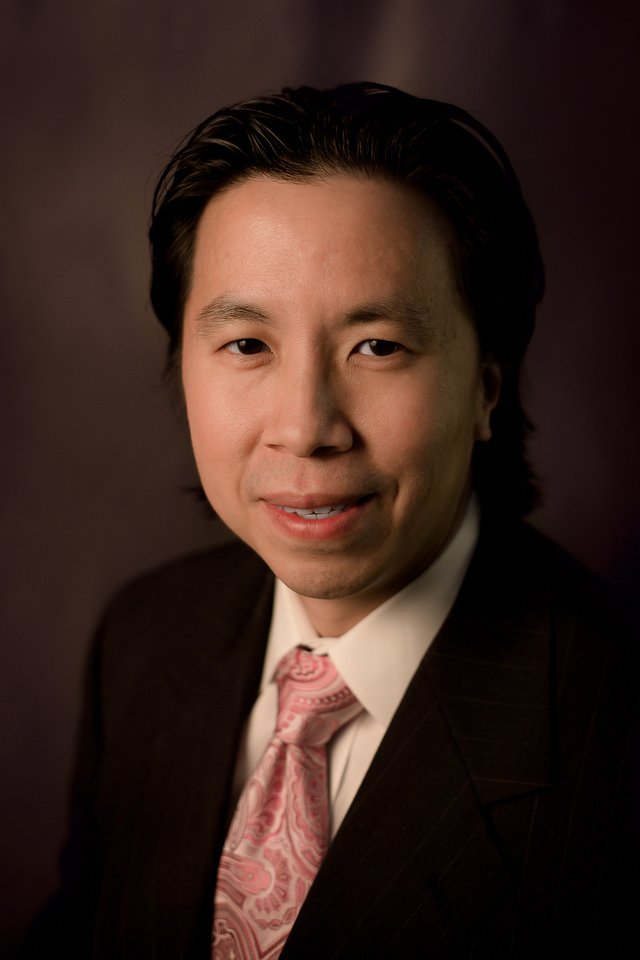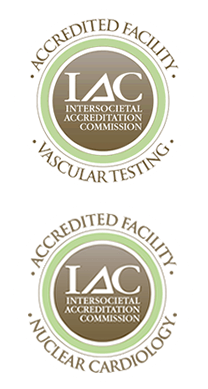OUR SERVICES
General Cardiology
Listen to your heart is sage advice. It is even more important when there is concern that your heart is not working as well as it should. If you have been referred by your primary care physician, you have a family history of heart disease, you are a smoker, you have high cholesterol, blood pressure, or diabetes, you have a history of preeclampsia, or a congenital heart defect, you need a cardiologist. When your heart health is at stake, the best choice is to let your cardiologist do the listening and help you keep the conversation strong and clear.

When Should You See A Cardiologist?
There are a number of reasons you may need to schedule an appointment with a cardiologist. The list is extensive, but some of the major indications include:
Your Primary Care Provider refers you to a cardiologist for diagnosis and treatment of a potential heart condition.
You have a family history of heart disease.
You have a congenital heart defect.
What is Cardiology?
Cardiology is a branch of internal medicine that specifically deals with diagnosing and treating diseases and defects of the heart. Cardiologists work with the heart, lungs, and blood. You may be referred to a cardiologist by your primary care provider (PCP) for any number of reasons, or you may have had a harrowing emergency room visit due to chest pain or a cardiac event that has led you into the office of a cardiologist. From atherosclerosis to atrial fibrillation to arrhythmias and from heart disease to hypertension to high cholesterol, your cardiologist is the General in the battle for heart health.
Procedures, Diagnostics, and Treatments
Among the services offered at Statesboro Cardiology, we offer a full range of general cardiology care including:
Arterial Ultrasound
A duplex ultrasound is used to check your blood flow and can help spot blood clots. Traditional and Doppler ultrasound techniques are combined to help your doctor diagnose your condition. Test results can show whether a blood vessel is blocked, as well as the extent of P.A.D., or Peripheral Artery Disease.
Echocardiography
Exercise Stress Test
Imaging Stress Test
Nuclear Stress Test (Single Photo Emission Computed Tomography)
Holter and Event Monitors
Implantable Loop Recorders
Peripheral Vascular Disease Testing
Transthoracic and Transesophageal Echocardiography
Clinic/Consultation
Located at our 5 Grady Johnson Road office location and staffed daily by one of our cardiologists, we offer our patients appointments for urgent cardiac or peripheral vascular concerns, pre-operative clearance and noninvasive testing.
Heart Failure Clinic
The goal of the Heart Failure Clinic at Statesboro Cardiology is to optimize patient’s medical therapy, manage patient’s heart failure conditions, and provide education specifically to detect any changes in cardiovascular status. Ultimately our goal is to help our patients who have this condition live a longer and more active life.
What Is Heart Failure?
Heart failure doesn’t mean that your heart has stopped or is about to stop working. Rather, it is a serious, but common condition in which the heart can’t pump enough blood to meet the body’s needs. In some cases, the heart can’t fill with enough blood. In other cases, the heart can’t pump blood to the rest of the body with enough force. Some people have both problems.
The leading cause of heart failure are diseases that damage the heart including coronary heart disease (CHD), high blood pressure (HBP), and diabetes. Heart failure develops over time and can affect one or both sides of the heart. Although, most cases involve both sides.
Right-side heart failure occurs if the heart can’t pump enough blood to the lungs to pick up oxygen and leads to fluid build up in the feet, ankles, legs, liver, abdomen, and veins of the neck. Left-side heart failure occurs if the heart can’t pump enough oxygen-rich blood to the rest of the body.
Right-side heart failure may cause fluid to build up in the feet, ankles, legs, liver, abdomen, and the veins in the neck. Left-side heart failure occurs when the heart is unable to pump enough blood out which prevents the rest of the body from receiving enough oxygen-rich blood, causing the blood to back up into the lungs leading to shortness of breath and buildup of fluid. Right-side and left-side heart failure also may cause shortness of breath and fatigue (tiredness).
About 5.1 million people, children and adults, in the United States have heart failure.
There is currently no cure for heart failure. However, treatments—such as medicines and lifestyle changes—can help people who have the condition live longer and more active lives. Researchers continue to study new ways to treat heart failure and its complications.
Hypertension Clinic
The Hypertension Clinic at Statesboro Cardiology is to provide specialized care for patients with hypertension and resistant hypertension or high blood pressure (HBP). The clinic also provides extensive educational material and counseling for patients with hypertension. Patients are referred to the Hypertension Clinic from within the practice as well as by referring physicians from the community.
What Is High Blood Pressure?
“Blood pressure” is the force of blood pushing against the walls of the arteries as the heart pumps blood. If this pressure rises and stays high over time, it can damage the body in many ways.
High blood pressure (HBP) is a serious condition affects about 1 in 3 adults in the United States. While there are often no signs or symptoms, the condition can lead to coronary heart disease, heart failure, stroke, kidney failure, and other health problems. Because there are often obvious symptoms, knowing your blood pressure numbers is important, even when you feel well, so that you can keep numbers low and prevent damage serious damage to your organs.
Blood pressure can rise when you wake up, when you’re excited, nervous, or active. Consistently higher numbers increase the risk for health problems. “Prehypertension” means you may end up with HBP, unless you take steps to prevent it.
If you’re being treated for HBP and have repeat readings in the normal range, your blood pressure is under control. However, you still have the condition. You should see your doctor and follow your treatment plan to keep your blood pressure under control.
Sources: National Center for Health Statistics. (2007–2010). National Health and Nutrition Examination Survey; Centers for Disease Control and Prevention. (2011). Vital signs: prevalence, treatment, and control of hypertension, 1999–2002 and 2005–2008. MMWR: Morbidity & Mortality Weekly Report, 60(4), 103–108; National Heart, Lung, and Blood Institute, National High Blood Pressure Education Program. (2004). The seventh report of the Joint National Committee on Prevention, Detection, Evaluation, and Treatment of High Blood Pressure.

Stanley J. Shin, MD, FACC, FACP
Invasive Cardiologist & Vein Specialist

Abraham K. Lin, MD, FACC, FSCAI, RPVI
Interventional Cardiologist

David R. Nabert, MD, FACC, FHRS
Electrophysiologist

Julio E. Schwarz, MD
Interventional Cardiologist

Jenny Janney, PA-C
Physician’s Assistant

Stephanie Pinard, FNP-BC, AGACNP-BC
Nurse Practitioner
Statesboro’s Trusted Cardiac, Vascular & Vein Specialists
Located at our 5 Grady Johnson Road office location and staffed daily by one of our cardiologists, we offer our patients appointments for urgent cardiac or peripheral vascular concerns, pre-operative clearance and noninvasive testing.

